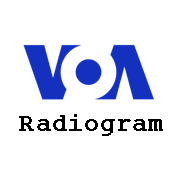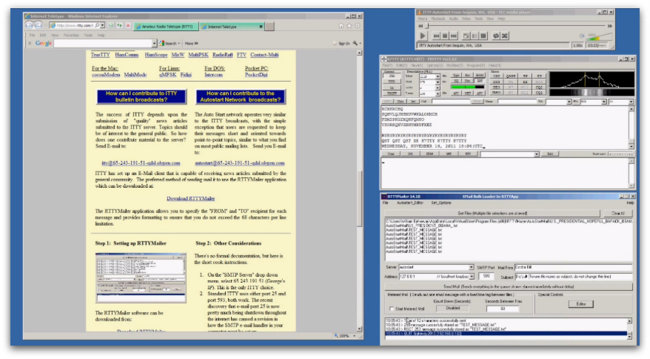 Are you an application developer?
Are you an application developer?
The VOA Radiogram is seeking a developer to create software for PCs and mobile devices “to simplify the decoding of text and images transmitted by VOA and other radio stations.”
The RFQ and Statement of Work from the Broadcasting Board of Governors can be dowloaded by clicking here.
Note that there is a very short deadline–September 26–to submit your proposal.
One Post reader notes that, “although BBG will make the software available for free, and will provide the source code, this is a paid procurement. Respondents are expected to state their fee.”
The category is $15,000 – $25,000 as can be seen here:
http://www.bbg.gov/partnerwithus/doing-business/
Again, responses are due September 26, 2015!






